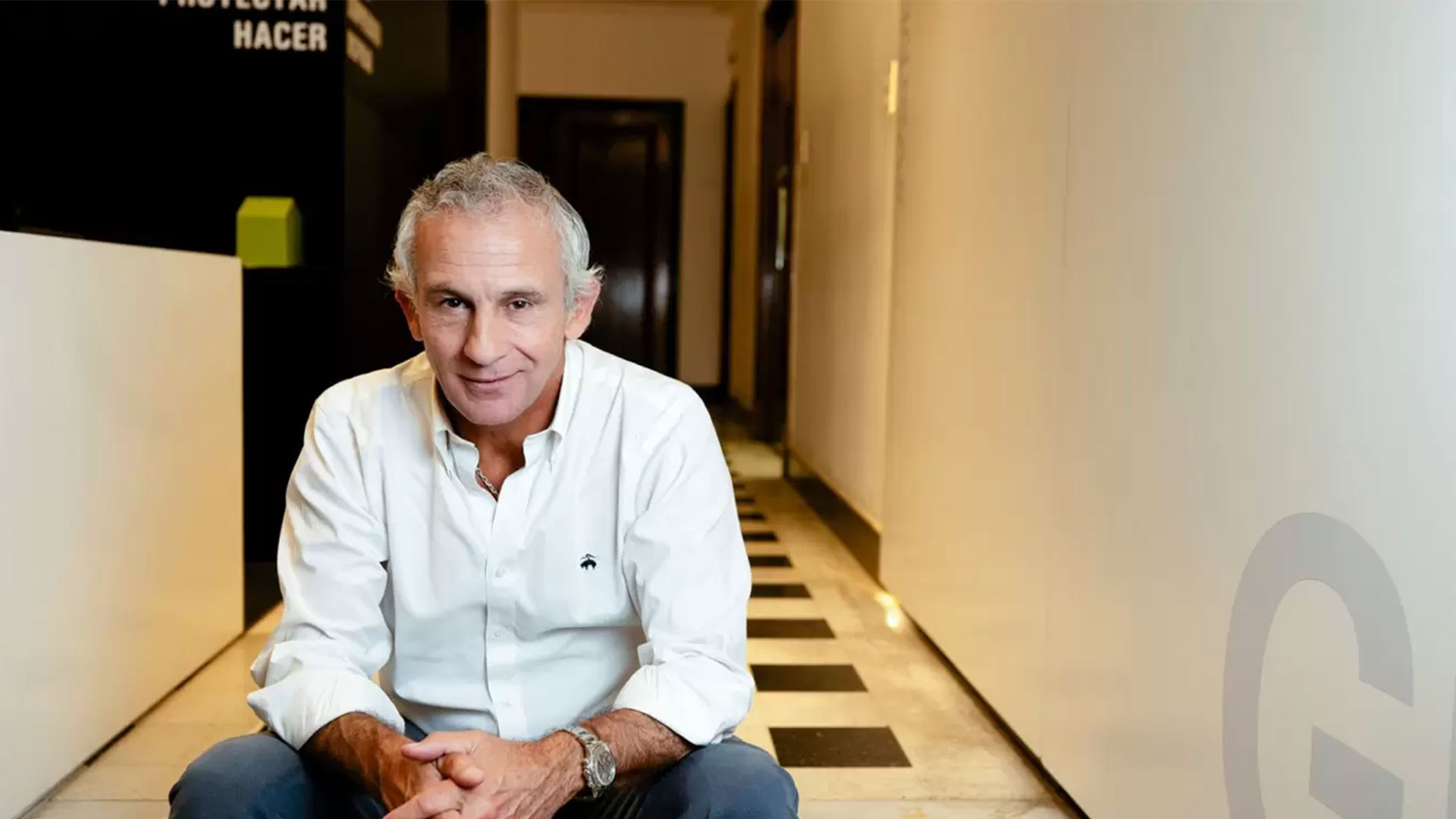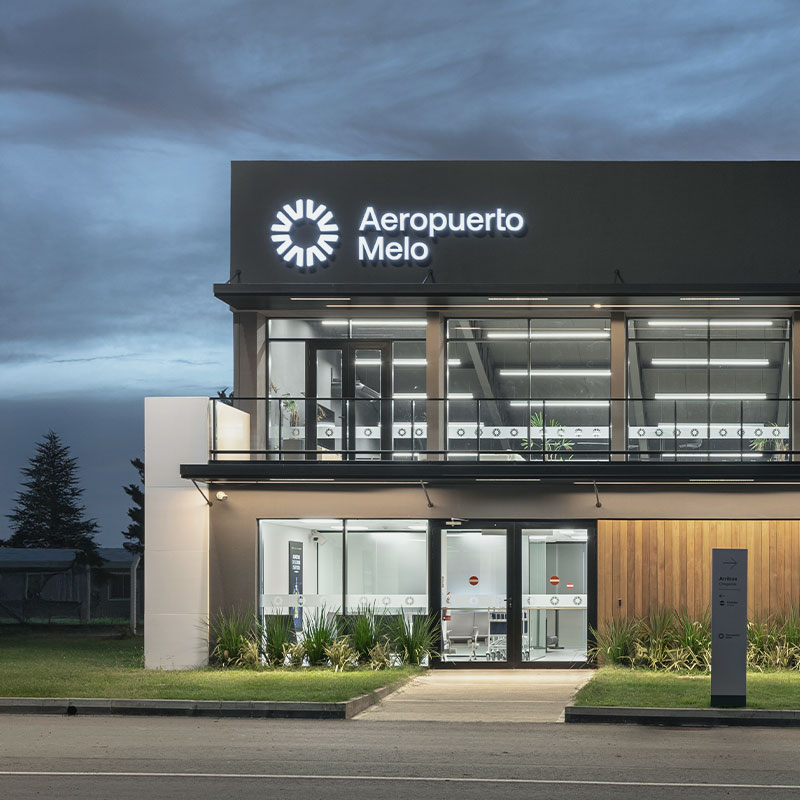Martín Gómez Platero for Forbes Uruguay: “A Smart City Puts Pedestrians First”
In the October issue of Forbes Uruguay, Martín Gómez Platero sat down to discuss his firm’s international trajectory, the challenges facing the industry, and how new technologies are reshaping the design process.

Reading time: 5 minutes
Speaking with Forbes Uruguay, Martín Gómez Platero reflected on the milestones that have positioned his firm as a regional leader, now boasting over 250 professionals and a presence in 13 markets. Over the past two decades, the studio has left its mark on 42 cities, delivering more than 4 million square meters of built space and signature projects like Nuevocentro Shopping, Parque de las Ciencias Free Trade Zone, and Hotel Montevideo.
During the interview, Gómez Platero emphasized, “A smart city isn’t necessarily the most high-tech—it’s the one that’s thoughtfully designed, with great public spaces and a focus on pedestrians as the main actors.”
Discover Martín Gómez Platero’s participation in the Forbes Real Estate Summit
The conversation also explored the firm’s international expansion, which has accelerated in recent years with large-scale projects across Latin America and its first developments in Europe, including residential towers currently under construction in the Netherlands. The United States is next on the horizon, fueled by the firm’s recognition at the International Architecture Awards for the Miami Bay Towers concept, organized by the Chicago Athenaeum and the European Centre for Architecture Art Design and Urban Studies.
Reflecting on this honor, Gómez Platero remarked, “It’s a significant recognition that serves as an international showcase and strengthens our global outlook.”
International Growth, Innovation, and Uruguayan Talent
On the subject of growth, Gómez Platero noted that the firm has maintained steady annual growth of 10% to 20% in recent years, crediting the exceptional quality of Uruguayan talent as a key competitive edge. “There’s a tremendous opportunity for Uruguayan architects to work abroad—they’re better than most of those already out there,” he asserted.
The interview also delved into the integration of artificial intelligence into the firm’s workflow. Gómez Platero shared that the studio has partnered with Microsoft, Globant, and GeneXus to incorporate AI at various stages of design and project management. “AI helps us work more efficiently and opens up new ways of thinking, but it doesn’t replace human talent,” he clarified.
He also underscored the importance of teamwork and collaboration as the foundation of the firm’s sustained growth, which began in 2002 during a local economic crisis. As he put it, the key has been “thinking big, working together, and designing cities that are more human.”


